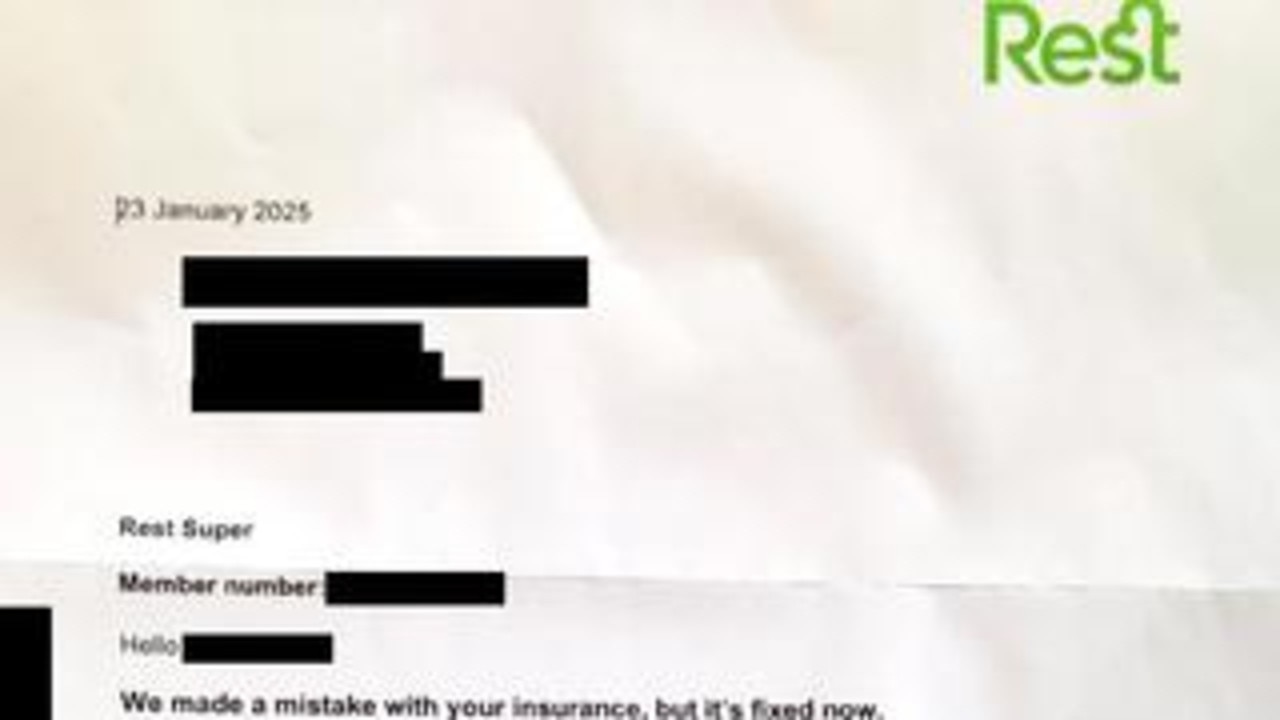Worst performing super funds in Australia
The financial regulator has warned it wants to see Australia’s worst performing super funds close down or merge, as it highlighted poor performance.

Around a million Aussies are in super funds that barely passed or failed the financial regulator’s test for making its member’s retirement money grow, while 25 per cent of funds where people can choose how to invest their money delivered significantly poor returns.
Those poorly performing funds also tend to have higher fees which further eat into member’s retirement pots, it found.
The median fee for a choice fund with a $50,000 balance is $218 a year, compared to $168 for a Mysuper product, while 30 products were found to charge more than $300 in fees.
The Australian Prudential Regulation Authority (APRA) has released its first analysis via a heatmap of super funds that allow members to choose how their money is invested, examining players in the sector that manages $394 billion in retirement savings.
It found eight super choice products with consistently bad returns over seven years, including Australia’s second largest fund Aware Super and Westpac owned BT Super For Life.
Another fund on the list called OnePath OneAnswer Frontier while Zurich was also featured.
Christian Super, EISS and Australian Catholic Super offered bad returns, while their MySuper products also failed APRA’s performance test, and Perpetual WealthFocus choice option was also flagged.

Overall, APRA produced a heatmap that found that more than 60 per cent of super funds that offered choice for investments failed to deliver good returns.
Margaret Cole, APRA executive board member, said it would now further intensify its supervision on the trustees of products that had delivered substandard member outcomes.
“Superannuation members deserve confidence that their retirement savings are being well looked after, regardless of what type of fund or product their money is invested in,” she said.
“Although there have been benefits generated for members from industry consolidation and reductions in fees in recent years, these heatmaps show there remains considerable room for improvement in member outcomes.
“In particular, a sizeable proportion of the choice sector has been exposed for delivering poor outcomes, especially considering these products generally charge higher fees than their MySuper equivalents.”

Ms Cole said APRA expected the new choice heatmap to have the same sort of impact as the MySuper heatmap, which has contributed to fees falling and 22 products merging or exiting the market since it was published at the end of 2019.
The $67 billion fund Rest Super, which has 1.8 million members, “marginally passed” the regulator’s test and was classified as “poor performing” with “deteriorating investment returns” with results between 2018 and 2021 worse than the seven years prior.
Rest chief investment officer Andrew Lill said the fund had outperformed APRA’s benchmark over the past financial year, and he was confident it would pass future performance tests.
It also comes after APRA revealed the 13 worst performing MySuper products earlier this year, which collectively hold $56 billion in retirement funds.

Super Consumers Australia said the regulator’s data showed there is widespread failure in choice super funds, meaning people will retire poorer, and while MySuper products performed better, 45 per cent were still failing members.
“The majority of choice options covered by the heatmaps delivered poor value over the last seven years. It’s time for urgent action from these super funds, they need to merge, exit the market or dramatically decrease their fees”, said Super Consumers Australia director Xavier O’Halloran.
He added that highlighting underperformance drives improvement.
“Since the first heatmaps were published in 2019, 22 of the MySuper options that were identified as having poor investment returns and/or high fees have shuttered,” he said.
“We’ve also seen annual fees for members who were in high fee funds in 2019 fall by more than 10 per cent.”






